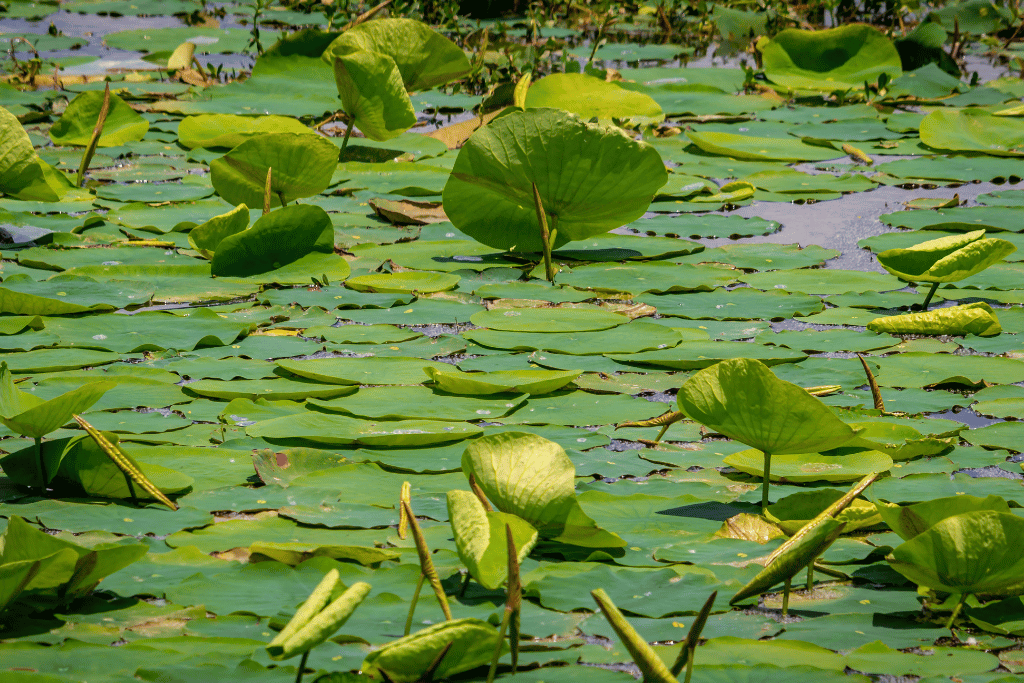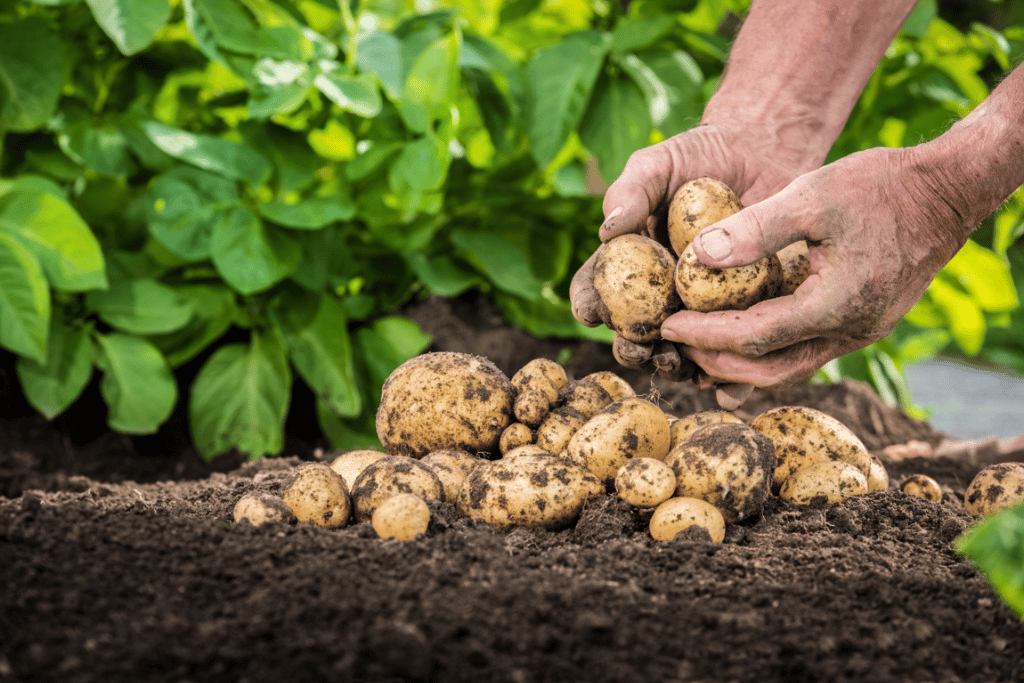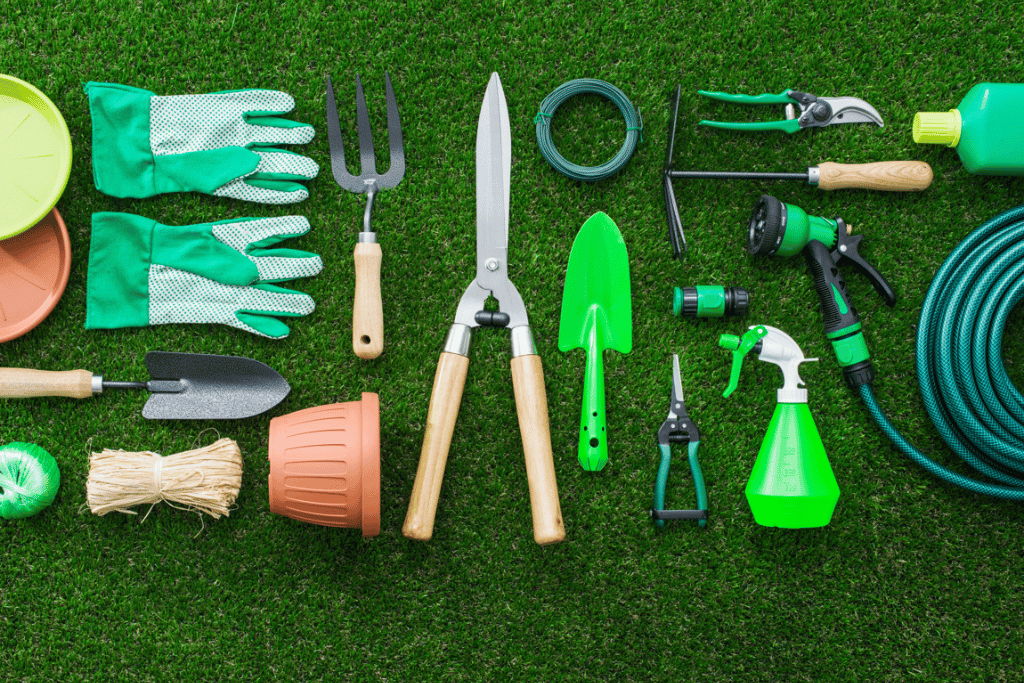
Hidden beneath the tranquil waters of a pond lies an exciting world, home to myriad creatures including tadpoles, swans and what not. All these species are engaged in a constant struggle for resources within their aquatic ecosystem; yet there is one quiet organism that plays an essential role in sustaining this delicate balance of life underwater – The Lily pad.
The lily pad is a true champion, for its roots are vital to its existence and the health of the ecosystem. It’s hard to believe that it could make an impact on this interconnected aquatic world, but it does—the role played by the lily pad roots are irreplaceable in keeping everything afloat!
Let’s delve deeper into the fascinating world of lily pads!
Can you Keep Lily Pads as a Plant?

Absolutely, you can keep lily pads as a decorative plant! Just be sure to have an ample pond or aquarium that will suit them.
If you think about it, planting lily pads is an excellent hobby that can keep you entertained and engaged! As they float atop the water, taking in the sun’s rays, relish in their peacefulness while listening to nature serenade. If you’re feeling extra adventurous, why not try your hand at training these aquatic plants? Teach them how to do backflips or even play dead – it’ll be an experience like no other! Hehe, just kidding!
How to Grow Roots on a Lily Pad Cutting?

Going for the right pot is essential when planting a lily pad. Rather than purchasing one of those gimmicky water garden pots, simply choose a regular tub or container without any holes in it; this will guarantee that your lily’s roots are submerged and can absorb all necessary nutrients from the soil beneath.
Now, it’s time to separate the rhizomes. Make sure you cut them at the point where healthy new green stems can be seen. If they’re too large for your pot or container, don’t hesitate to give them a snip!
When it comes to planting, soil type is essential – you want something moist but not too wet. Clay soils are the go-to choice as they are packed with nutrients and provide denser roots for your lily pads. To ensure a natural growth process, opt for compost and bone meal over chemical fertilizers. That way, your lily pads will grow healthily without any adverse effects!
Lastly, remember to place some form of weight on the pot. I’m not referring to heavy weights, but rather a solid rock or something similar will do just fine! This will prevent your soil and roots from shifting around too much, securing your lily pads in one spot so they can’t drift away with the wind.
Characteristics of Underwater Lily Pad Roots

Underwater lily pad roots are captivating, and they contribute an essential role in the wetland environment. Let’s take a look at some of their remarkable features:
Physical description of underwater lily pad roots
Extending from the lily pad stem, these long and slender tendrils of white or light-colored roots often reach many feet in length.
Functions of underwater lily pad roots
The basic purpose of a lily pad’s roots is to keep it firmly attached and submerged in the wetland. However, they also perform an incredibly important secondary function – helping it obtain vital nutrients from the soil, enabling its growth and development.
Adaptations of underwater lily pad roots to their environment
To thrive in their wetland habitat, they have many unique adaptations; such as a large surface area which facilitates the absorption of more nutrient-rich soil and water into their plant structure. Moreover, small openings called lenticels enable them to trade gasses with other bodies of water around them.
Behavior of Lily Pad Roots

Do lily pad roots go into the soil?
The roots of Lily Pad plants not only interlink with the soil, but also produce chemicals that aid them to break down organic matter; thereby releasing vital nutrients for their own consumption. Moreover, these plant species form symbiotic relationships with certain bacteria and fungi present in the soil which helps them absorb water and other essential minerals from the ground.
How long can lily pad roots be dormant for?
Lily pad roots can hibernate for long stretches of time, particularly during the cold winter when growth has ceased. During its dormancy, the roots are able to store energy and essential nutrients that will jumpstart it back into action in spring.
What is the spongy green growth at lily pad roots?
The lily pad has spongy green growth at the roots which may be indicative of bacterial infection, as this type of bacteria has the potential to weaken and dissolve root tissue, making it unable to efficiently absorb water and essential nutrients from soil.
Should I Remove Lily Pad Roots?

Rooted in wetland habitats, lily pads play an essential role; however, they can become overbearing and wreak havoc. Invasive lily pads are capable of crowding native plants, reducing oxygen levels as well as polluting the water quality. To restore equilibrium to these special ecosystems, it is imperative that we remove them from their environment when necessary.
How to remove lily pad roots?
Getting rid of lily pad roots can be quite a feat, as these plants possess an invasive nature and deep root systems. Fortunately, there is an effective solution: garden fork or shovel to loosen the soil surrounding their foundation while being mindful of any nearby vegetation or infrastructure.
To remove lily pads, begin by loosening the soil to access their root system. Then take hold of it and delicately extract the entire roots with effortless care. If they are being particularly persistent, utilize a pruning shear or saw to separate them from the plant before yanking them out completely. As an extra precautionary measure against regrowth, use a weed killer designed exclusively for these plants.
Safety considerations for removing lily pad roots
To prevent any hazards, it is vital to take certain safety measures when eradicating lily pad roots. Protective gear such as gloves and waders can offer protection from potential sharp items or toxic organisms that might inhabit the water. Also, be mindful of using tools like weed rakes and cutters to avoid mishaps.
Managing Lily Pad Roots
If left unattended, lily pads can quickly overrun a lake or pond. Managing their roots is the key to controlling these aquatic plants; in some cases, the root systems may span up to six feet and form thick mats that complicate navigation for boats and swimming. Thankfully, there are effective strategies you can use to manage your lily pad roots:
Controlling the growth of lily pad roots
- Mechanical control: The roots of lily pads can be successfully eliminated by utilizing rakes or cutters. While this is an effective way to reduce their growth, it requires a considerable amount of time and effort.
- Chemical control: Utilizing herbicides for managing lily pad roots is a popular approach. When herbicides are administered directly to the roots, they prevent growth in the plants. Nevertheless, this method could be detrimental to other aquatic life and should thus be used with caution.
- Biological control: A potential solution for controlling the growth of lily pads is biological control, meaning introducing animals to eat them. For example, grass carp or muskrats can be used as a form of pest management. However, it’s crucial to take caution when utilizing this method because unintended consequences may occur if not done correctly – that’s why it should always be overseen by an expert!
Frequently Asked Questions (FAQ)
Are lily pad roots edible?
Absolutely, lily pad roots – or better known as “water lily rhizomes” are scrumptious and widely enjoyed in various parts of the world. With a flavor similar to potatoes or lotus root and a starchy aftertaste that can be mildly sweet, these delectable delicacies make for an excellent treat!
Why are my lily pad roots floating?
Lily pad roots are naturally endowed with air spaces, enabling them to remain afloat on the surface of water and allow for ample nutrient absorption. If your lily pads’ roots appear afloat, rejoice; it is an indication that they are healthy and thriving as intended!
How to eat lily pad roots?
Lily pad roots offer a crunchy and delicious addition to any meal. To prepare them for cooking, simply rinse off the dirt or debris before using a vegetable peeler or sharp knife to remove their outer layer of skin. Slice and chop the root as desired – you can then incorporate it into soups, stews, stir-fries, salads – even boil, steam and roast it as an exquisite side dish!
How long do you have to cut off sunlight from lily pad roots?
To prevent your lily pad roots from taking over, cover the body of water with a tarp or any other type of covering for two weeks. This will block sunlight and effectively stop growth. It is important to remember that lily pads are an essential part of aquatic habitats as they help maintain water quality while providing shelter and nutrition to many creatures living in the ecosystem.



